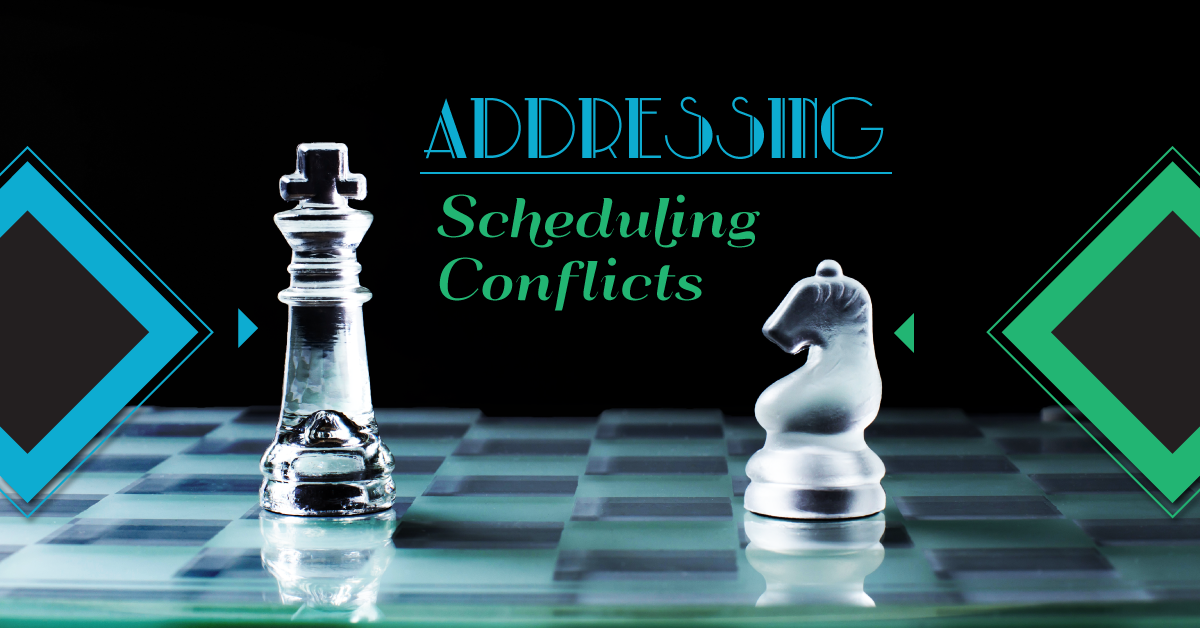Creating a Rehearsal Schedule
Creating a rehearsal schedule can be a daunting task, but it is absolutely necessary for your production. Staff and students (both actors and crew members) must know the schedule expectations, so they can accommodate the production into their schedules. Having a clearly laid-out rehearsal schedule ahead of time will ease headaches and reduce conflict clashes, smoothing the overall process.
For the purpose of this blog post, I assume that you (the teacher/director) are creating a rehearsal schedule for an extracurricular production and will be rehearsing solely outside of school hours. However, you can also adapt these guidelines to an in-class production.
When I am creating a rehearsal schedule, I like to start from the performance week and work backwards. Once you have decided when the show will run and how many performances will occur, calculate how many hours you feel you and your students will need to get the show on its feet. This will differ from director to director and show to show. If you have directed shows in the past, go back over your schedule and count up how many hours you used to mount each show. Did you feel adequately prepared, or rushed?
From there, determine how many times per week you will be rehearsing, and for how many hours per rehearsal. Would it be more useful to rehearse for two hours, three times a week, or for three hours, twice a week? If you are starting early and have four or more months until show time, you might want to start with rehearsals twice a week and then increase the number closer to performance time. But if you have fewer weeks to prepare, you’ll need to rehearse more frequently.
Once you’ve determined the number and frequency of rehearsals, you’ll need to schedule your technical and dress rehearsals. Technical rehearsal (or “tech rehearsal,” for short) is where the technicians, stage management, and actors get to work together for the first time with lights, sound effects, microphones, and special effects all together in the theatre, rather than in a rehearsal space. The dress rehearsal is exactly what it sounds like: running the show with lights, sound, costumes, props, hair and makeup–it’s one last chance to rehearse everything before an audience comes in. These rehearsals are longer than regular rehearsals (usually 5-6 hours each) and often stressful, but absolutely necessary for your performance to be a success.
Continue to work backwards. Your last few rehearsals before tech and dress should be devoted to show run-throughs. Some can focus on just Act One or Act Two, but you should aim to have a minimum of two full run-throughs of the entire show for timing purposes.
If your show is a musical, you will also want to include a sitzprobe rehearsal. Sitzprobe is a German word meaning “seated rehearsal.” This is where the band/orchestra and cast play and sing through the musical together for the first time, without any staging or production elements. A sitzprobe is beneficial for the actors so they’ll know how the music truly sounds and how their vocals blend with the music (or get drowned out by the band!). It’s also beneficial for the band, so they get familiar with the cast and know the tempos and volume level they need to play at. Better to work out band/vocal problems now before tech rehearsal.
Next on the backwards rehearsal schedule is costume fittings and costume runs. Students will need time to be fitted for costumes, have a costume parade (so the director can see and approve the costumes), and rehearse in their costumes (so they know if they have any problems, like an impossibly fast change or restricted movement due to the costume). Note: Be sure to be adding props and furniture throughout rehearsals, so actors can practice entering, exiting, and interacting with these items. It’s much easier to integrate them throughout the rehearsal process than to try and add everything during tech and dress.
Moving back to the beginning of your rehearsal schedule, your first few weeks of rehearsals will be devoted to an initial read-through, cast bonding exercises, establishing blocking, developing characters and relationships, and for musicals, learning music and choreography. Allot time in your schedule to visit every scene at least twice: once to approach the scene and create the initial blocking, and then a second time to review, adjust, and add nuances and depth. You will want to leave some rehearsals near the middle of your schedule as “TBA” or “TBD” (“to be announced/determined”), so you have some wiggle room in case you need to revisit some scenes or work ahead.
Making a rehearsal schedule is not an exact science. You’ll need to adjust as you go along. It takes practice! Every show, cast, and rehearsal process will be different. Be as prepared as possible, but always leave yourself room for flexibility!
Related Articles
The Drama Classroom Companion
by Lindsay Price & Kerry Hishon
The Drama Classroom Companion is filled with articles and exercises to build the skills needed for theatrical performance as well as real world skills like creative thinking, critical thinking, collaboration, and communication.
The Rehearsal Companion
by Kerry Hishon
You’ve chosen the play, paid the royalties, done the script analysis, held your auditions, and cast the show. Tomorrow is the first rehearsal. Are you ready? Really ready? The Rehearsal Companion can help!





